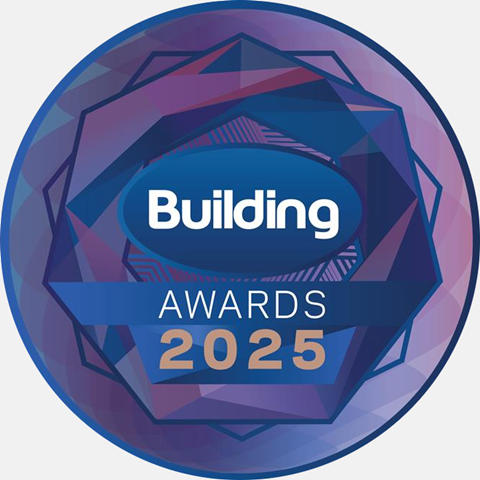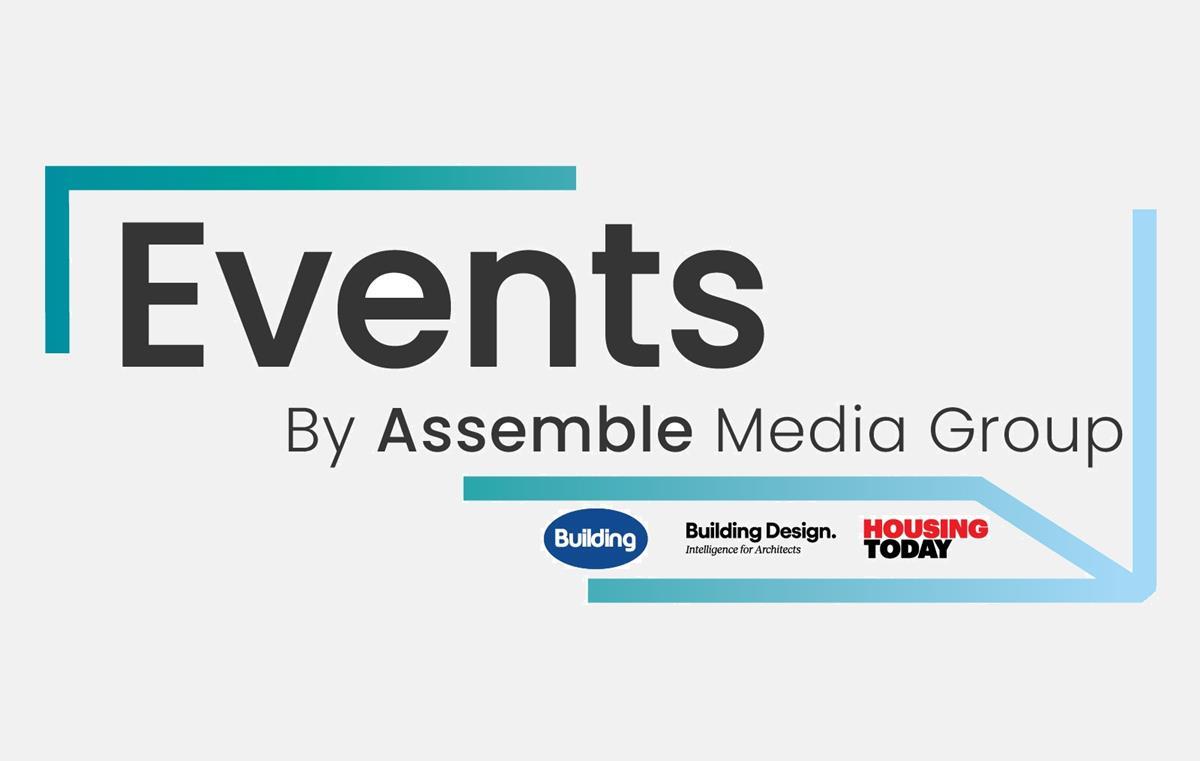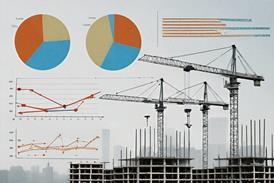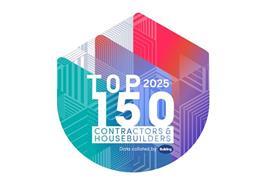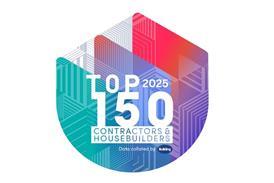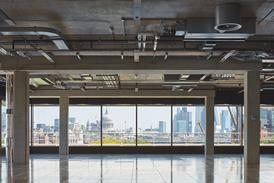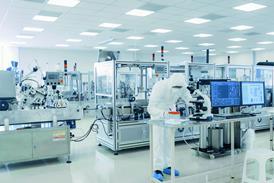- News

All the latest updates on building safety reformRegulations latest
- Focus
- Home
- News
- Focus
- Comment
- Events
- CPD
- Building the Future
- Jobs
- Data
- Subscribe
- Building Boardroom
Promoting neuro-inclusivity in the workplace will bring benefits for all
By Ben Channon 2025-07-18T06:00:00

Employers have a responsibility to create and maintain work environments where everyone can thrive. Our industry is currently lagging behind, writes Ben Channon at Buro Happold
Between 15 and 20% of the UK population is neurodivergent and, thanks to more accurate and inclusive criteria, this number is expected to rise. We are already seeing the impact of spaces and policies that don’t cater to a range of needs. Research shows that 64% of neurodivergent employees want more support from their employers.
It is clear that, socially and ethically, employers have a responsibility to optimise work environments where everyone can thrive. But, it also makes good business sense. Inclusive workspaces bolster productivity, and diverse teams have proven to be 87% better at making decisions, and 35% more likely to outperform competitors. This gives inclusive employers an edge at a time when businesses are navigating an unpredictable economic climate and looking to boost competitiveness and performance.
Already registered? Login here
To continue enjoying Building.co.uk, sign up for free guest access
Existing subscriber? LOGIN
Stay at the forefront of thought leadership with news and analysis from award-winning journalists. Enjoy company features, CEO interviews, architectural reviews, technical project know-how and the latest innovations.
- Limited access to building.co.uk
- Breaking industry news as it happens
- Breaking, daily and weekly e-newsletters
Get your free guest access SIGN UP TODAY

Subscribe now for unlimited access
Subscribe to Building today and you will benefit from:
- Unlimited access to all stories including expert analysis and comment from industry leaders
- Our league tables, cost models and economics data
- Our online archive of over 10,000 articles
- Building magazine digital editions
- Building magazine print editions
- Printed/digital supplements
Subscribe now for unlimited access.
View our subscription options and join our community







